Take the ultimate Carlo Scarpa tour of Venice
A Carlo Scarpa tour to end all tours; join our survey of modernist buildings by the Italian midcentury master in and around Venice
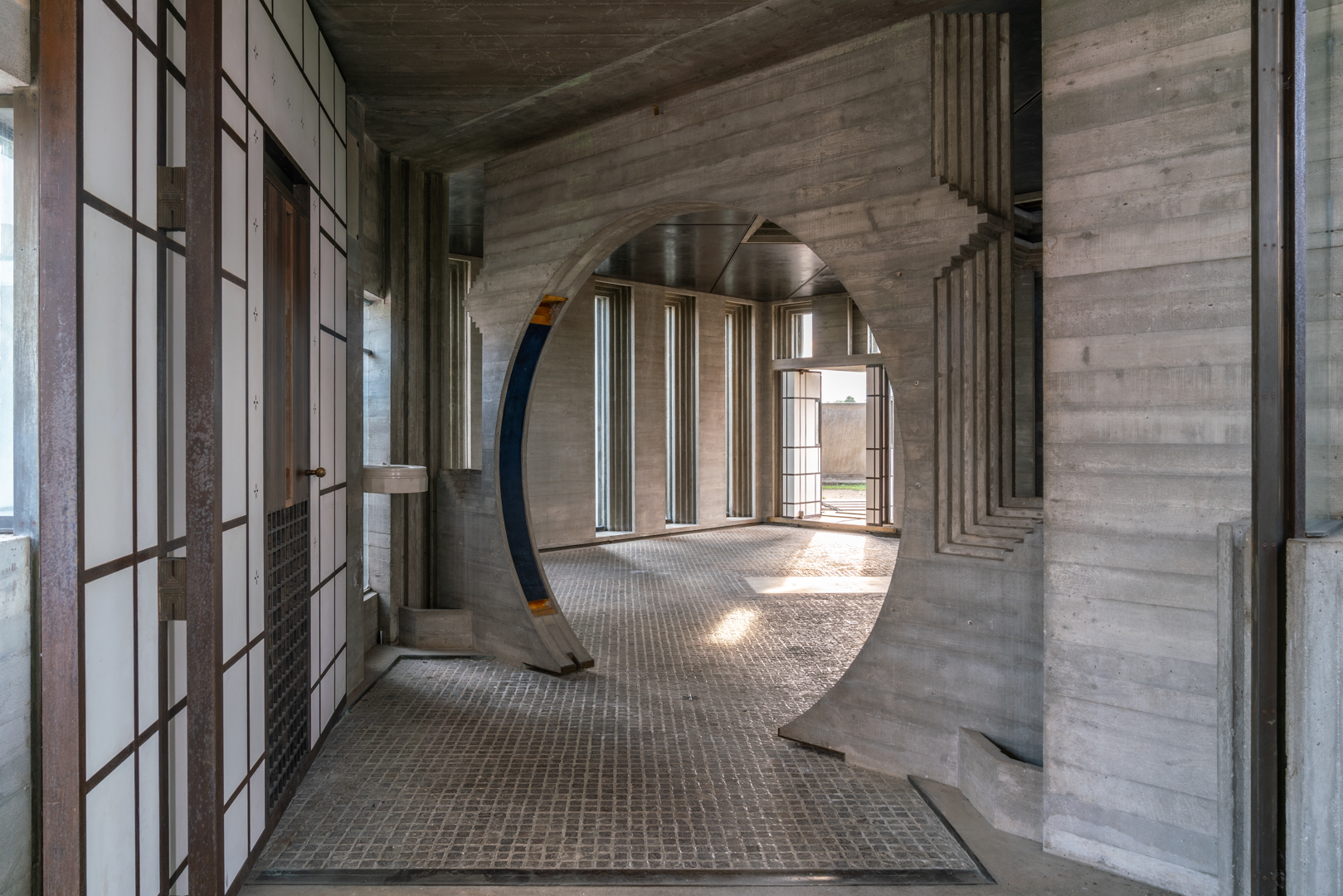
The modernist architecture of Carlo Scarpa has a surprisingly quiet presence in Venice. Although Scarpa was born in the Italian city in 1906, and spent much of his working life there, to seek out his most notable built projects you’ll find yourself peeking behind the shopfronts of St Mark’s Square, wandering into palazzos or peering through the art-hungry crowds that mill about the Giardini Della Biennale. Scarpa saw no need to make his work more outwardly exuberant, because he was a man obsessed with finer details: such as the way two different textures of stone could be paired, how light bounces off a certain type of plaster, or the sound water makes when trickling out of a fountain. He even had a – largely unexplained – fascination with the number 11, which consistently crops up throughout his oeuvre, along with references to Japanese architecture and Venetian boatbuilding (two more of his passions). For those keen to learn more about Scarpa and all his particularities, we’ve put together a list of must-see sites in Venice; it includes the architect’s own designs, plus newer venues in the city – like the St Regis hotel – which riff on Scarpa’s unmistakably modernist style.
OUR CARLO SCARPA TOUR
Negozio Olivetti

This store-turned-museum was initially designed by Scarpa to showcase different models of the revered Olivetti typewriter, but now – thanks to careful restoration by Italy’s FAI organisation – it offers a reminder of the architect’s mastery of materials. The store’s exterior is clad with slabs of smooth and craggy stone, while inside is a sequence of colourful mosaic floors; red in the entryway to catch the attention of passers-by on the street, and sunshine yellow in the back room to account for lack of natural light. At the heart of the space is a suspended staircase crafted from Aurisina stone.
Biennale ticket booth
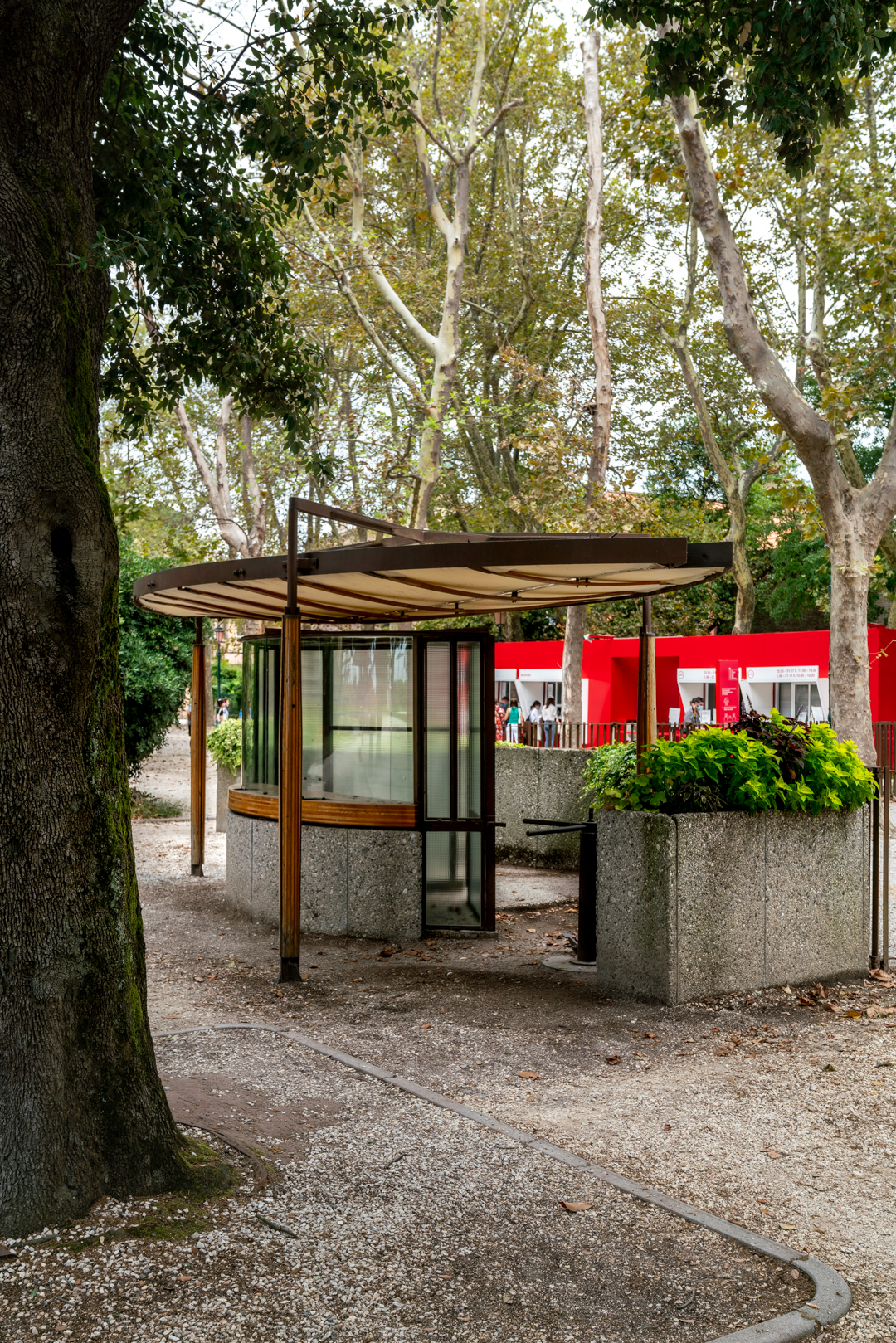
More sculpture than ticket booth, this small-scale project by Scarpa sits empty in the gardens where the Venice Biennale is held; since its erection in 1951, crowds for the annual art fair have grown too big for it to be used. A combination of concrete aggregate and textured glass, the booth is topped by a sail-like canvas roof supported by a trio of hardwood masts – a visual nod to the construction of Venetian boats.
Palazzo Querini Stampalia

During the 16th century, Palazzo Querini Stampalia was home to a noble family, but in 1869 it was transformed into a museum, library and archive. Scarpa was invited to update the cultural institution in 1959, installing geometric gates at its entrance that allowed waters from the canal to lap up against the ground floor. He also created a verdant garden at the building’s rear, and an exhibition room with Mondrian-style travertine wall panelling.
Tomba Brion
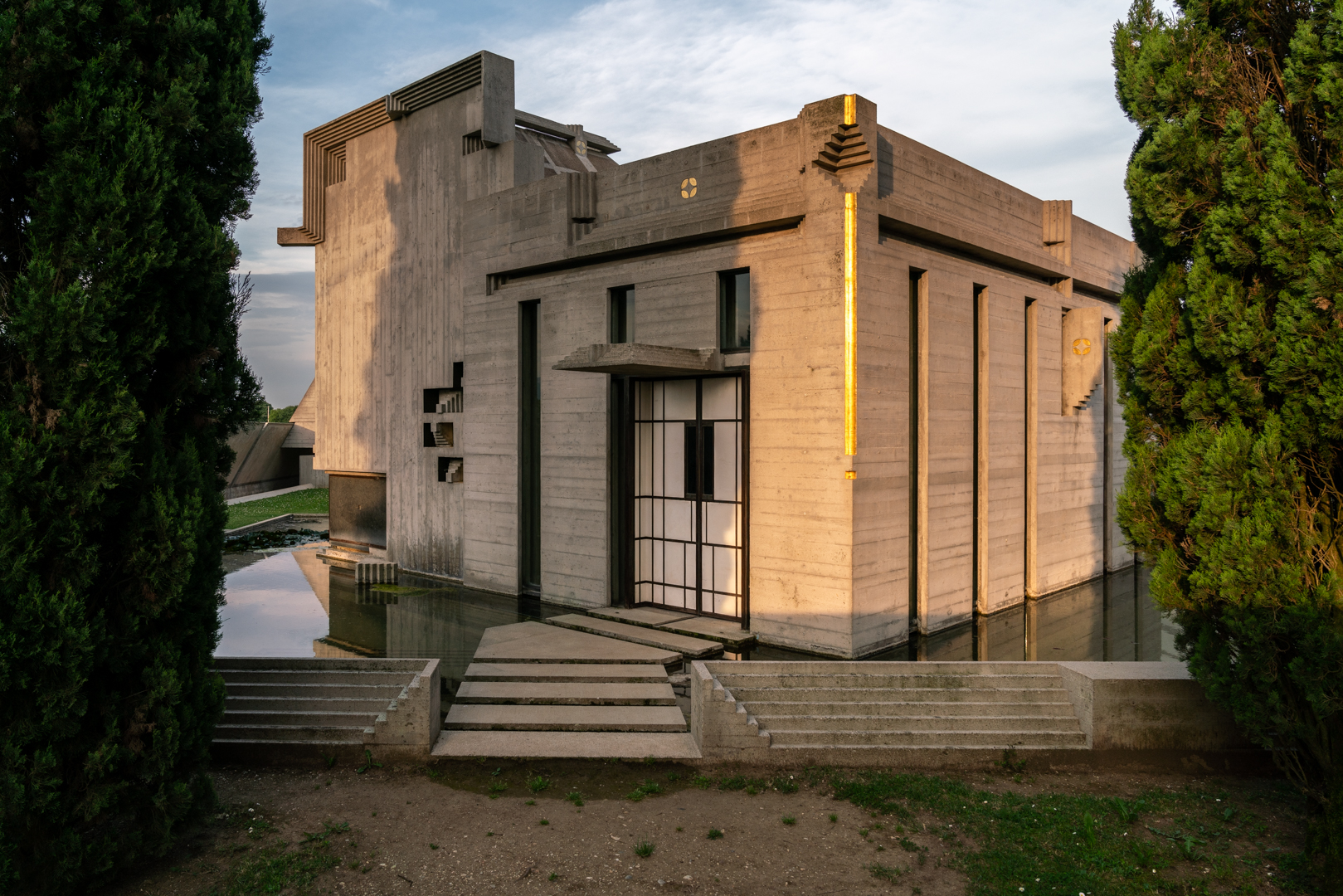
Located around an hour outside of Venice in the unassuming town of San Vito d’Altivole, Tomba Brion is considered by many to be Scarpa's magnum opus. Created around the sarcophagi of Giuseppe Brion (the founder of electronics company Brionvega) and his wife, the burial grounds comprise a series of meditative concrete volumes and bodies of water that occasionally stir with swimming carp fish. After his death in November 1978, Scarpa himself was laid to rest in a quiet corner of the site.
Masieri Foundation
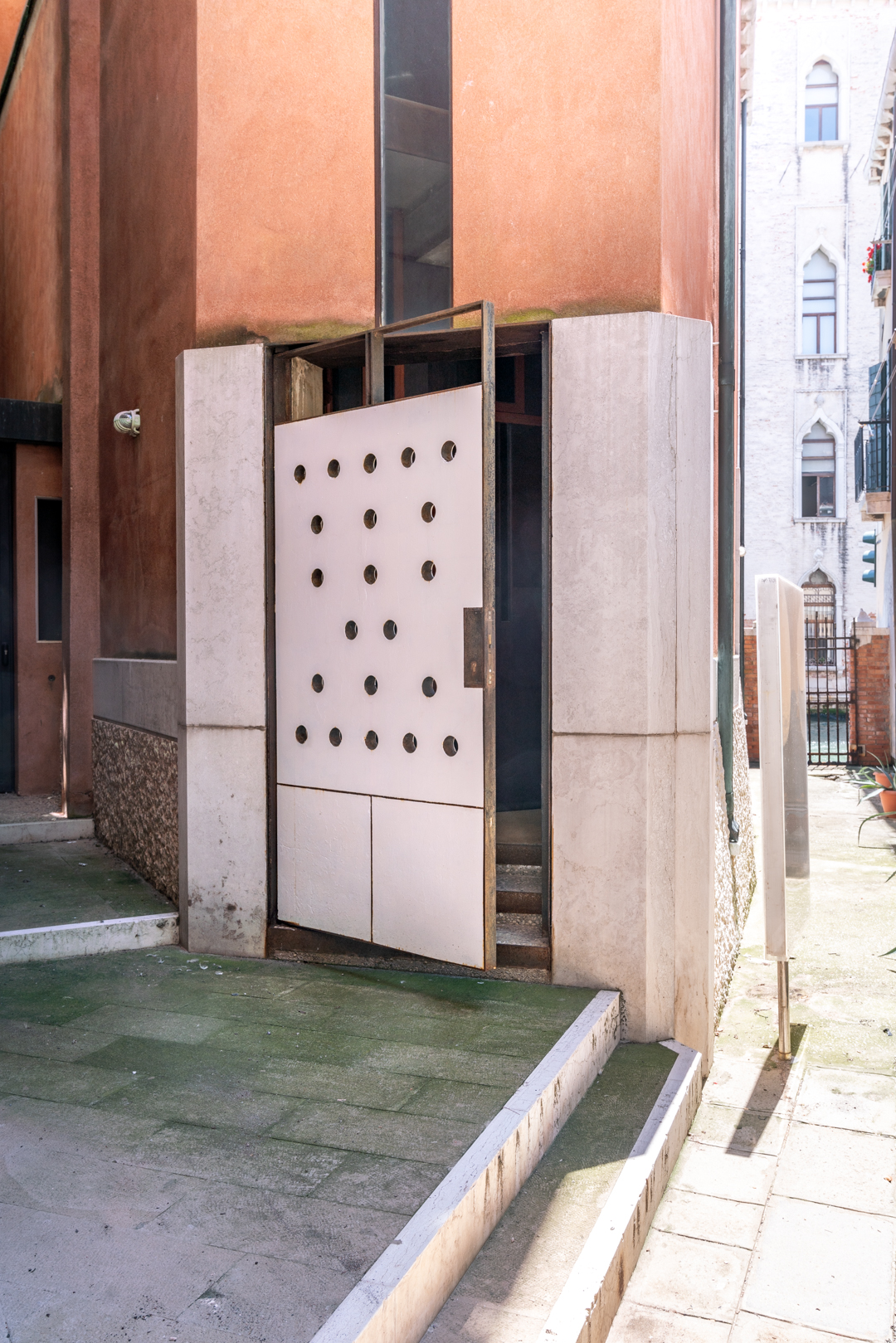
The Masieri Foundation stands proudly on a corner on the Grand Canal. It was created to honour the memory of Angelo Masieri, a collaborator of Carlo Scarpa, who died in 1952, and is erected on the site of a former palazzo – originally to be replaced by a Frank Lloyd Wright design, which never went ahead.
Aula Mario Baratto
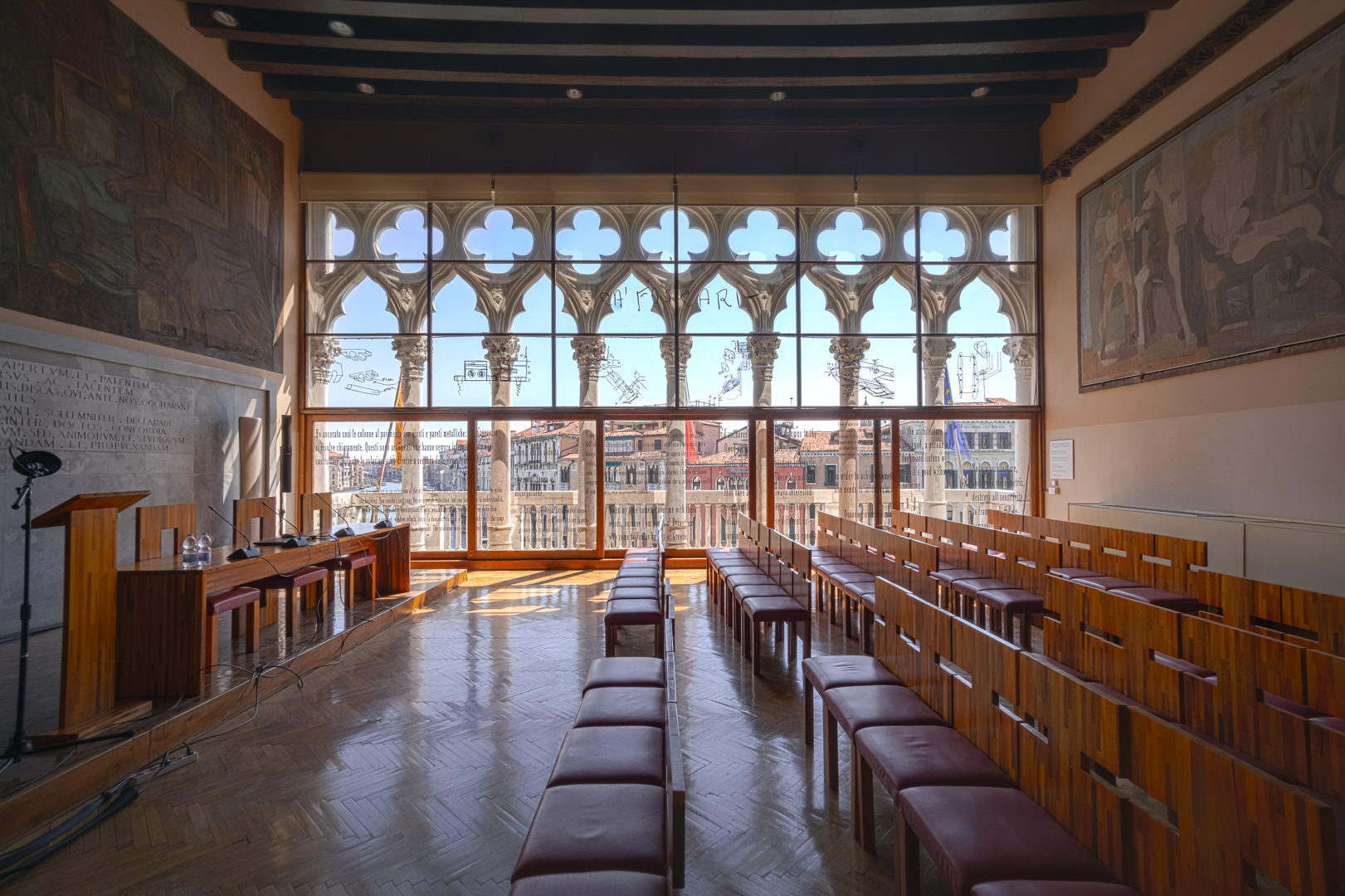
A Carlo Scarpa interior, Aula Baratto is part of Venice's Ca’ Foscari University. It was created in 1935, initially conceived as the university's very first Great Hall. The window frame around the gothic opening, as well as the students' tribune, are part of Scarpa's design. The room was eventually transformed into a lecture hall by the same architect between 1955 and 1956.
Receive our daily digest of inspiration, escapism and design stories from around the world direct to your inbox.
St Regis Venice
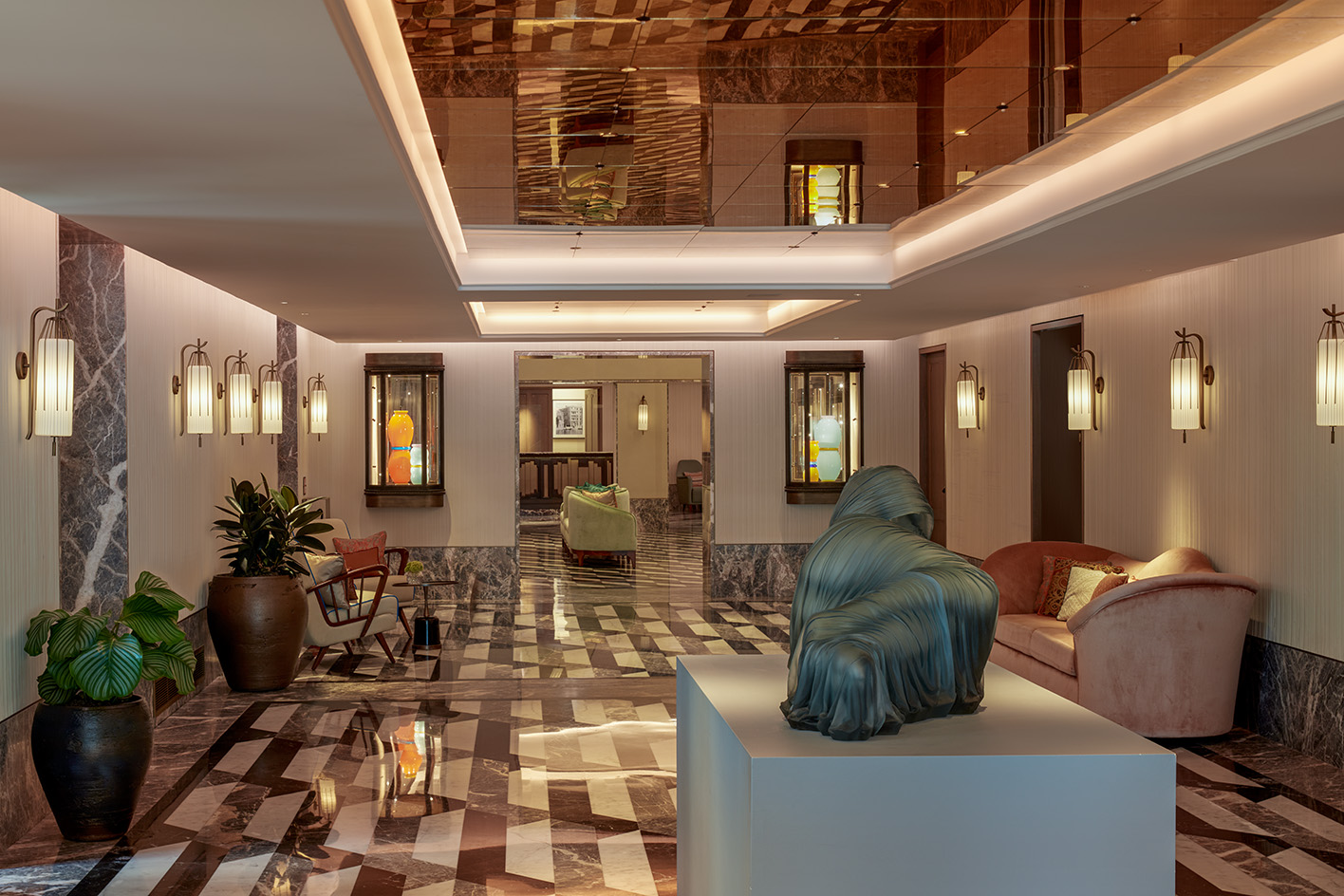
While not a work of the grand master himself, the St Regis Venice interiors draw heavily inspiration from Carlo Scarpa. Overlooking the banks of the Grand Canal, the 139-room hotel is littered with features that reflect Scarpa’s architectural approach and material palette – from its polished concrete ceilings, to the geometric panelling that can be seen beneath the concierge desks. Down in the hotel’s Arts Bar there’s even a heady cocktail inspired by the architect, served in a glass that mimics the interlocking circle motif seen at Tomba Brion.
For the ‘Uncovering Carlo Scarpa’ tour package, more here
Natasha Levy is a writer based in London. After spending the first four years of her career as an interiors reporter at the leading architecture and design magazine Dezeen, she transitioned to freelance in 2021 and has since contributed to prestigious publications such as Wallpaper*, Elle Decoration UK, and Crafts, where she also spent two years as an associate editor.
-
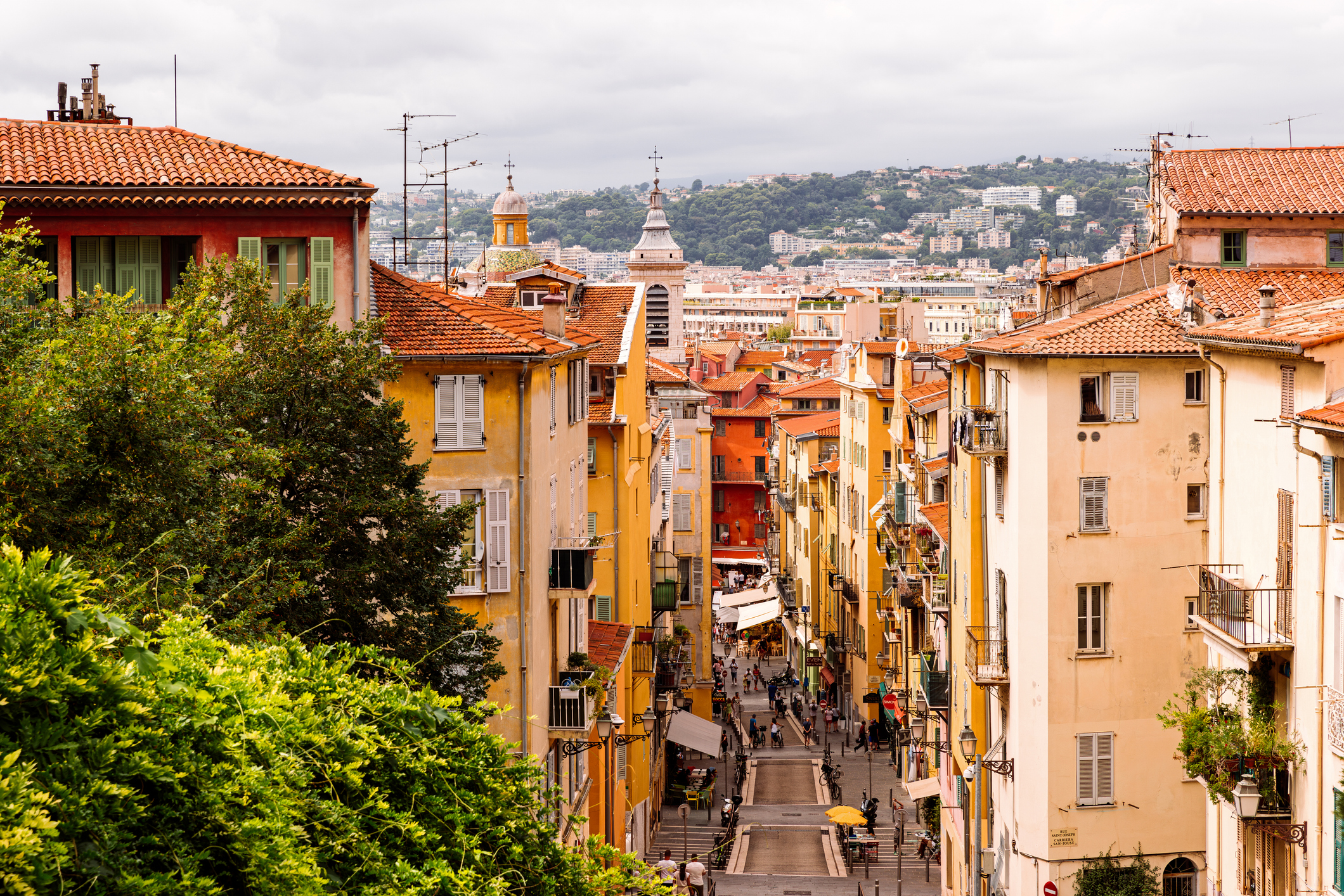 Four under-the-radar travel destinations to book in 2026 – before everyone else does
Four under-the-radar travel destinations to book in 2026 – before everyone else doesYou'd be forgiven if none of these locations are on your travel bingo card – yet
-
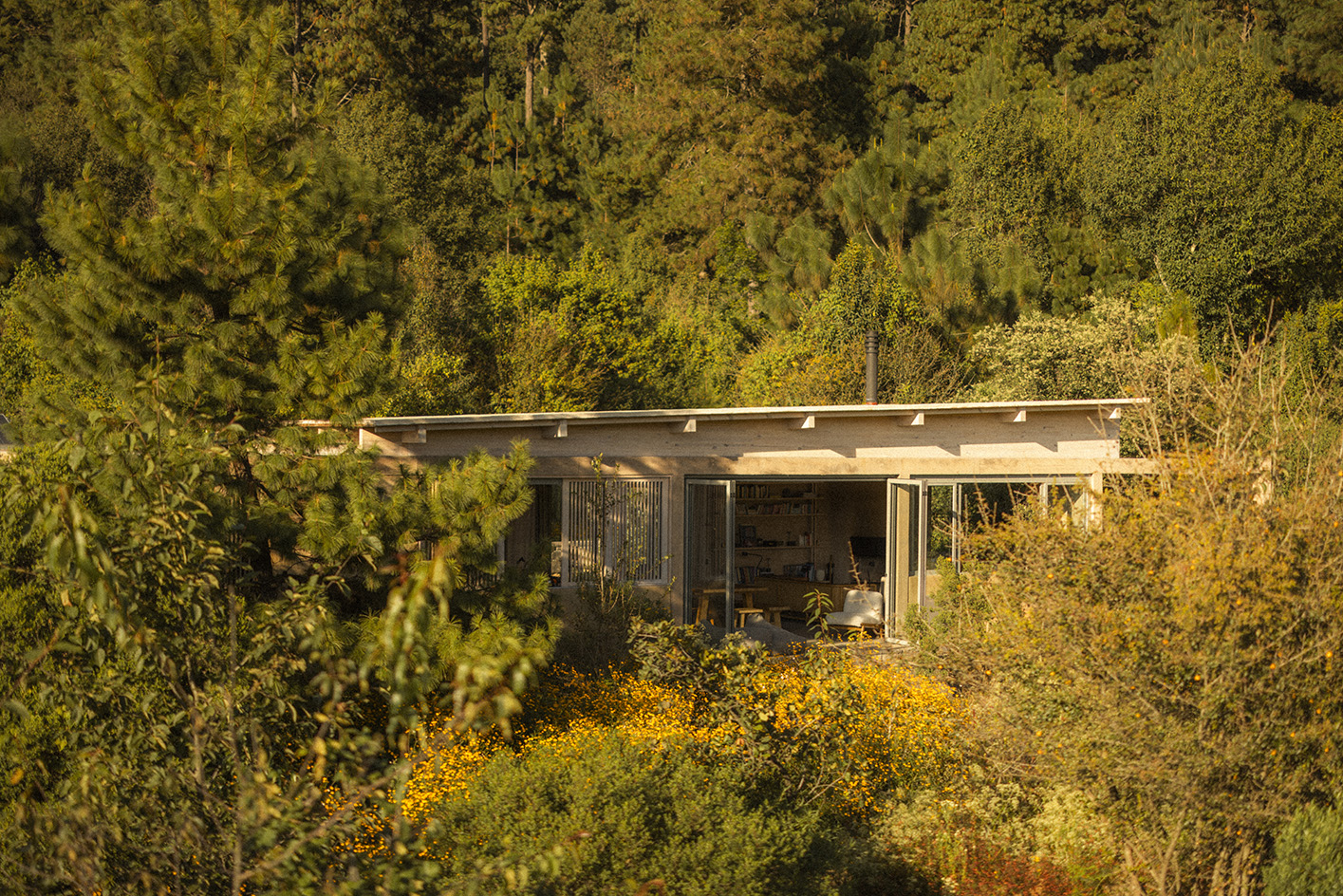 Estudio Ome on how the goal of its landscapes ‘is to provoke, even through a subtle detail, an experience’
Estudio Ome on how the goal of its landscapes ‘is to provoke, even through a subtle detail, an experience’The Mexico City-based practice explores landscape architecture in Mexico, France and beyond, seeking to unite ‘art and ecology’
-
 Charlotte Chesnais brings her distinctive sensuality to sculptural new jewellery
Charlotte Chesnais brings her distinctive sensuality to sculptural new jewelleryDefined by curving shapes and luscious pearls, the jewellery designer's new collection, 'Joaillerie', has sculptural allure
-
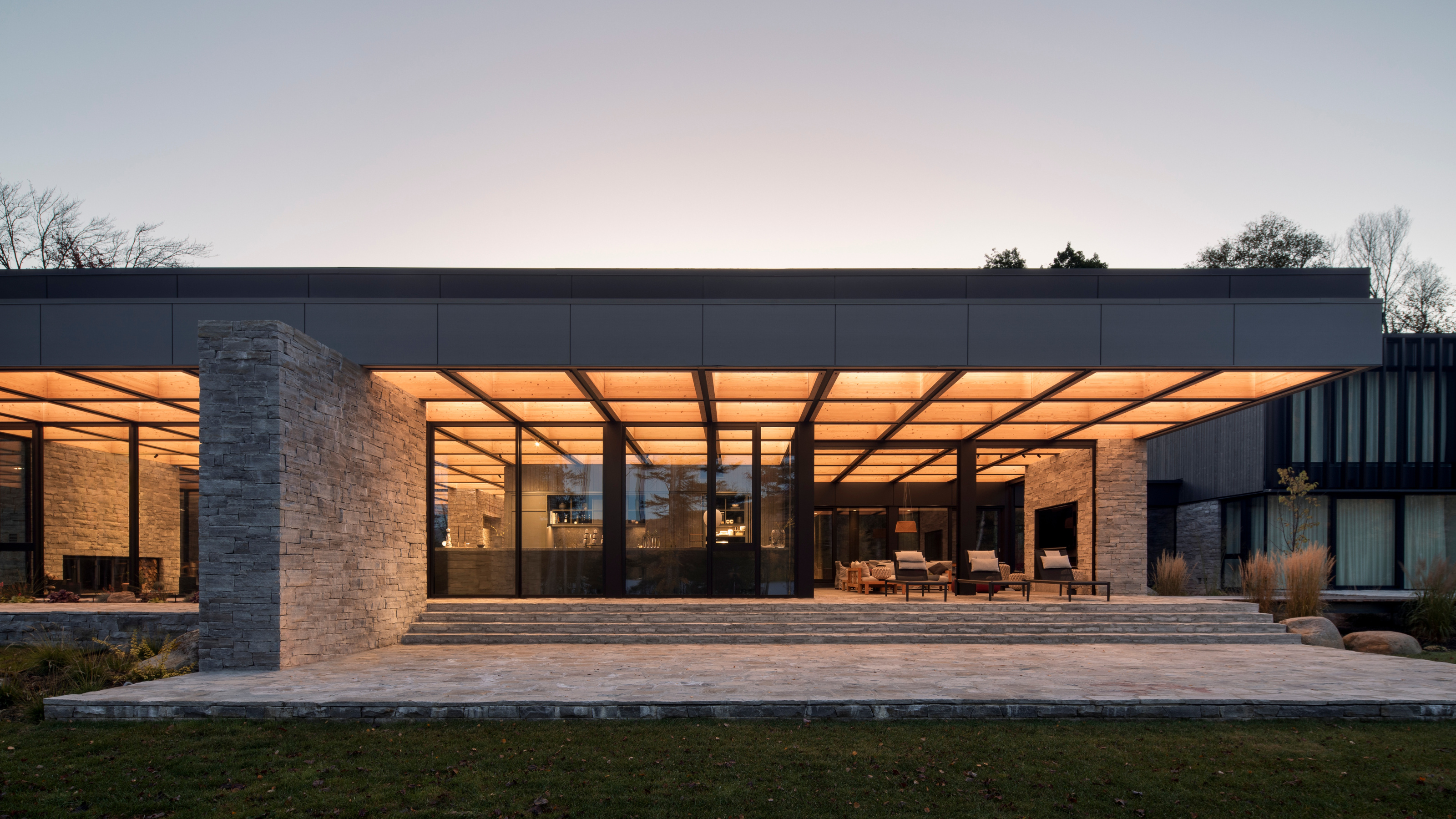 La Maison de la Baie de l’Ours melds modernism into the shores of a Québécois lake
La Maison de la Baie de l’Ours melds modernism into the shores of a Québécois lakeACDF Architecture’s grand family retreat in Quebec offers a series of flowing living spaces and private bedrooms beneath a monumental wooden roof
-
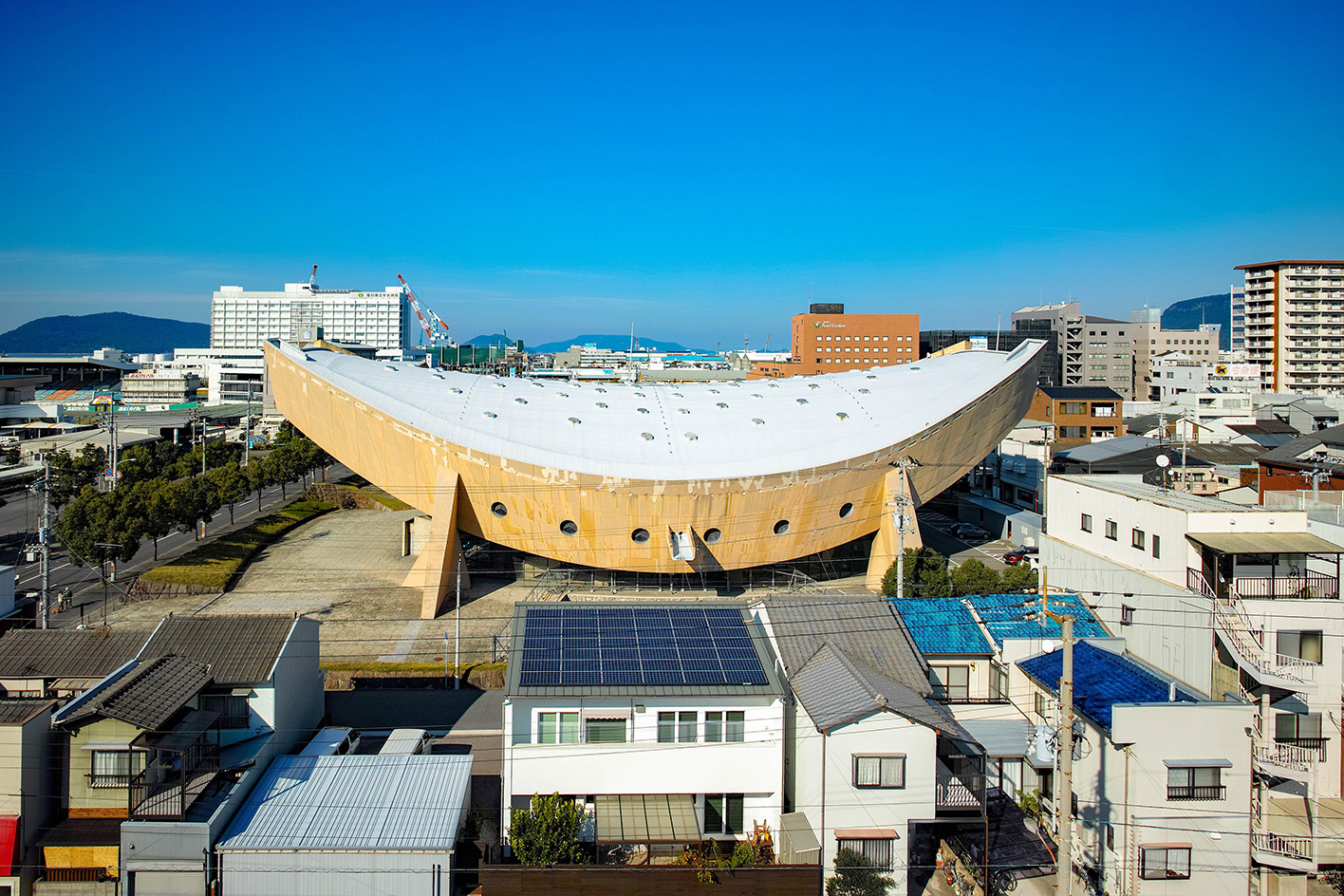 Campaigners propose reuse to save Kenzo Tange’s modernist ‘Ship Gymnasium’ in Japan
Campaigners propose reuse to save Kenzo Tange’s modernist ‘Ship Gymnasium’ in JapanThe Pritzker Prize-winning architect’s former Kagawa Prefectural Gymnasium is at risk of demolition; we caught up with the campaigners who hope to save it
-
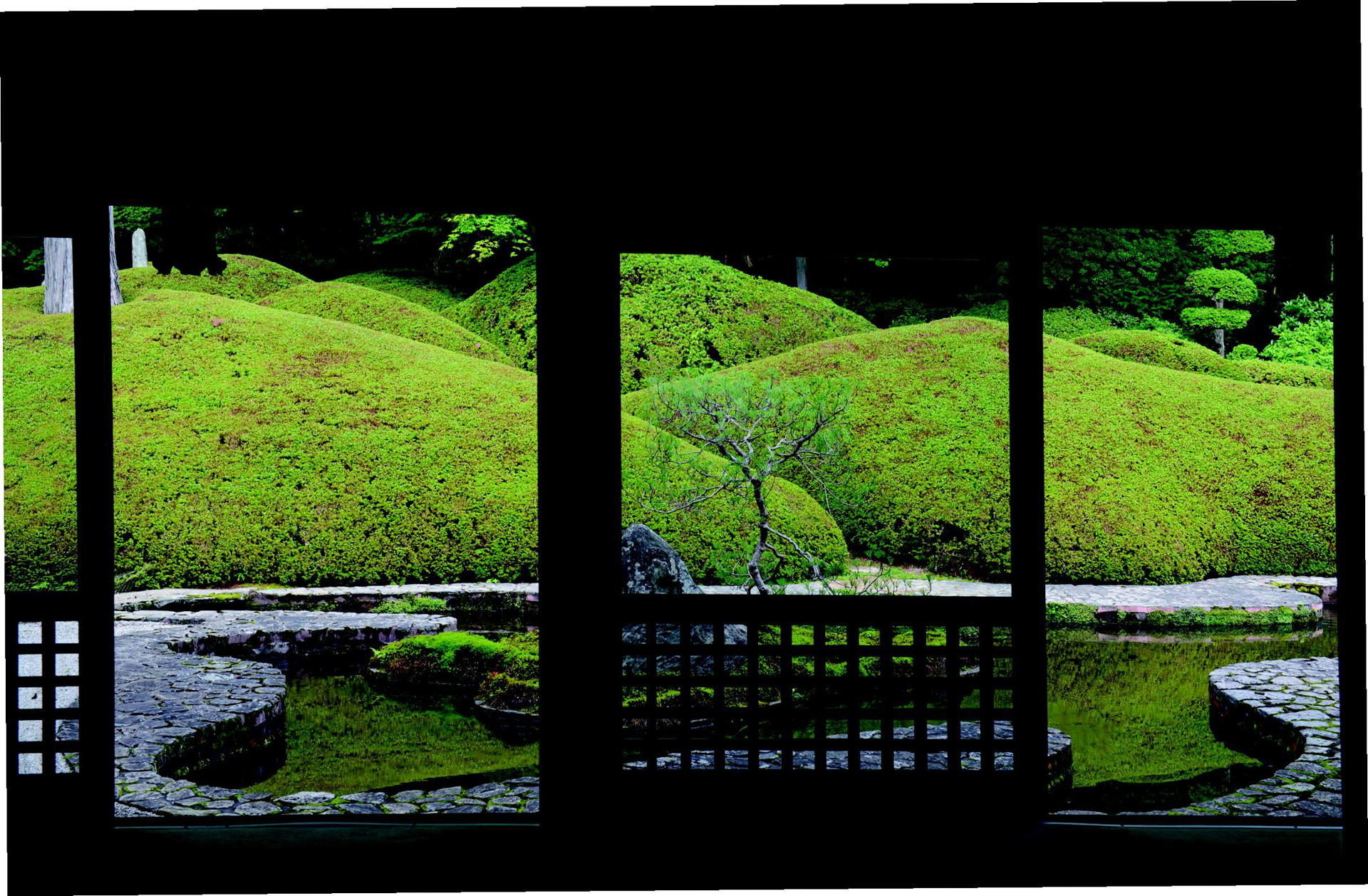 A new photo book explores the symbolic beauty of the Japanese garden
A new photo book explores the symbolic beauty of the Japanese garden‘Modern Japanese Gardens’ from Thames & Hudson traces the 20th-century evolution of these serene spaces, where every element has a purpose
-
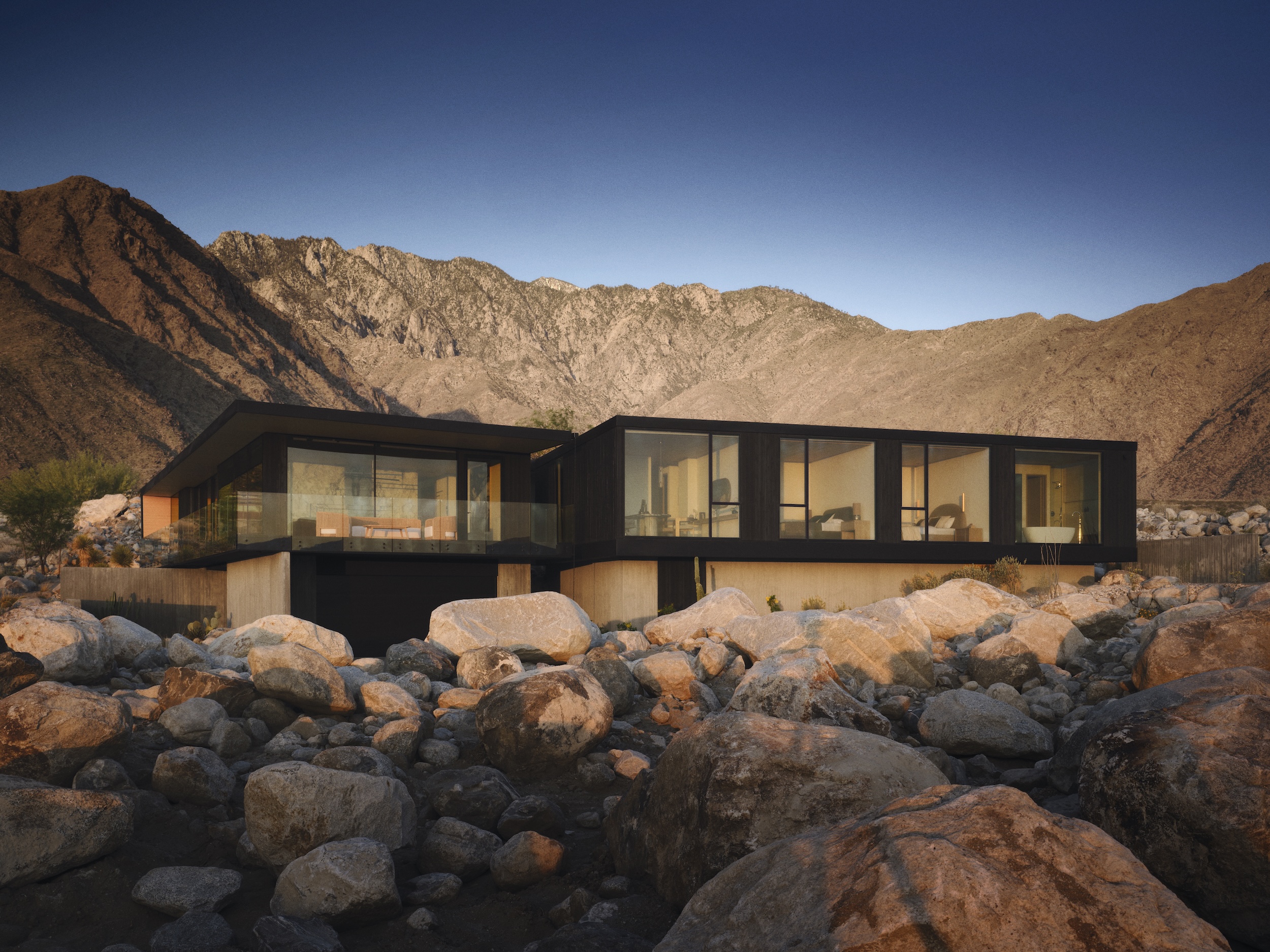 This cinematic home in Palm Springs sets a new standard for Desert Modern design
This cinematic home in Palm Springs sets a new standard for Desert Modern designJill Lewis Architecture and landscape architecture firm Hoerr Schaudt joined forces to envision an exceptional sanctuary
-
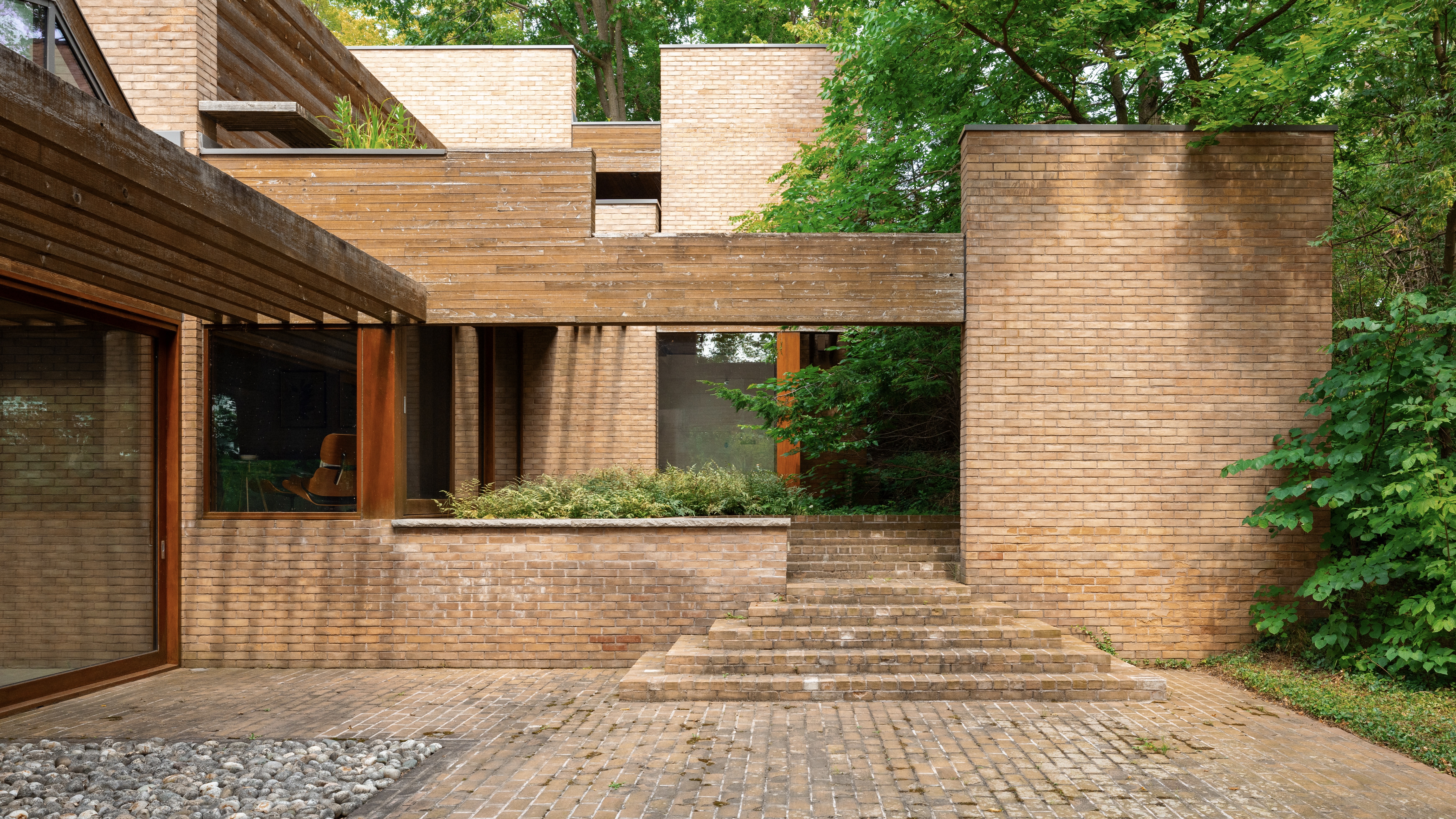 Hilborn House, one of Arthur Erickson’s few residential projects, is now on the market
Hilborn House, one of Arthur Erickson’s few residential projects, is now on the marketThe home, first sketched on an envelope at Montreal Airport, feels like a museum of modernist shapes, natural materials and indoor-outdoor living
-
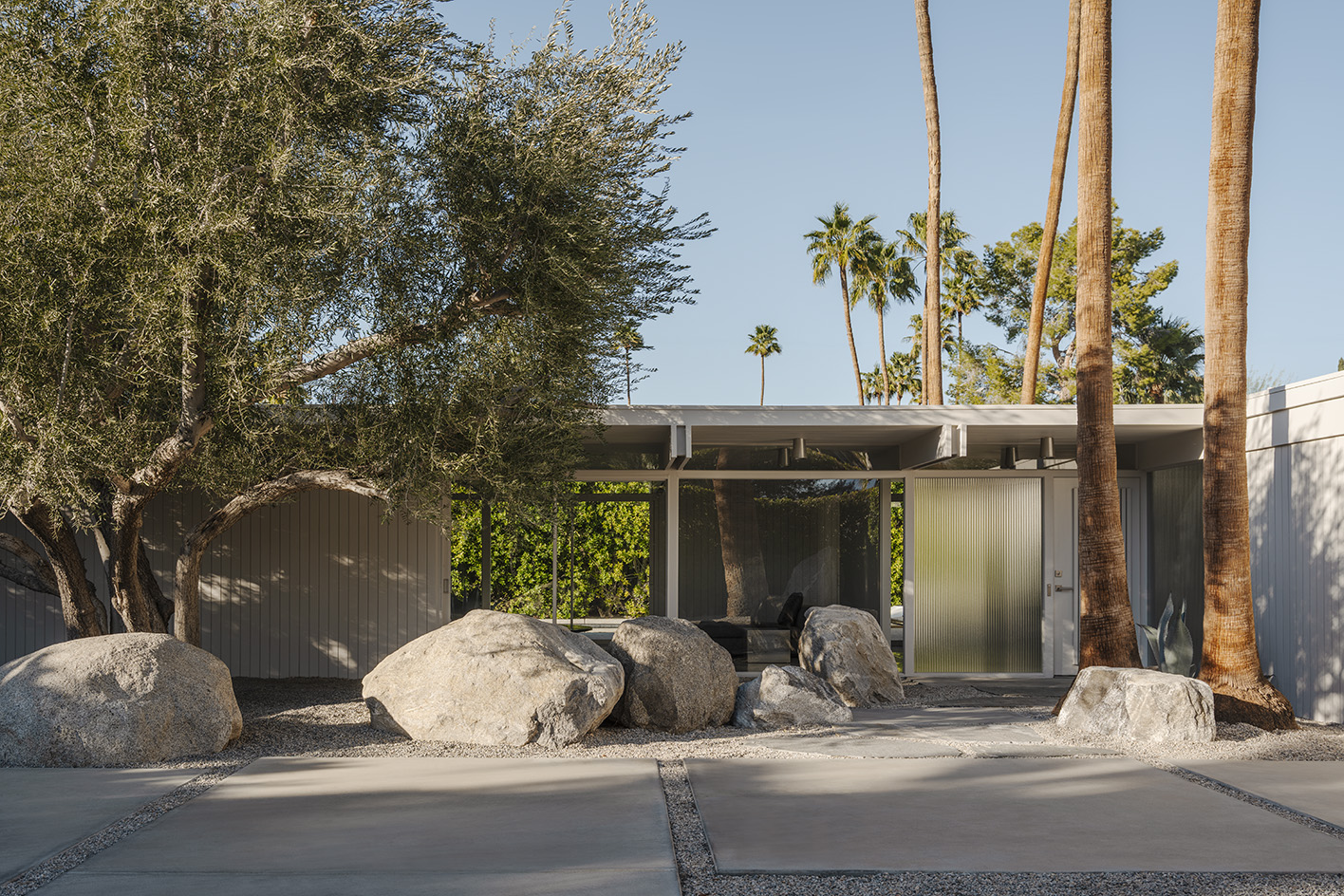 Inside a Donald Wexler house so magical, its owner bought it twice
Inside a Donald Wexler house so magical, its owner bought it twiceSo transfixed was Daniel Patrick Giles, founder of fragrance brand Perfumehead, he's even created a special scent devoted to it
-
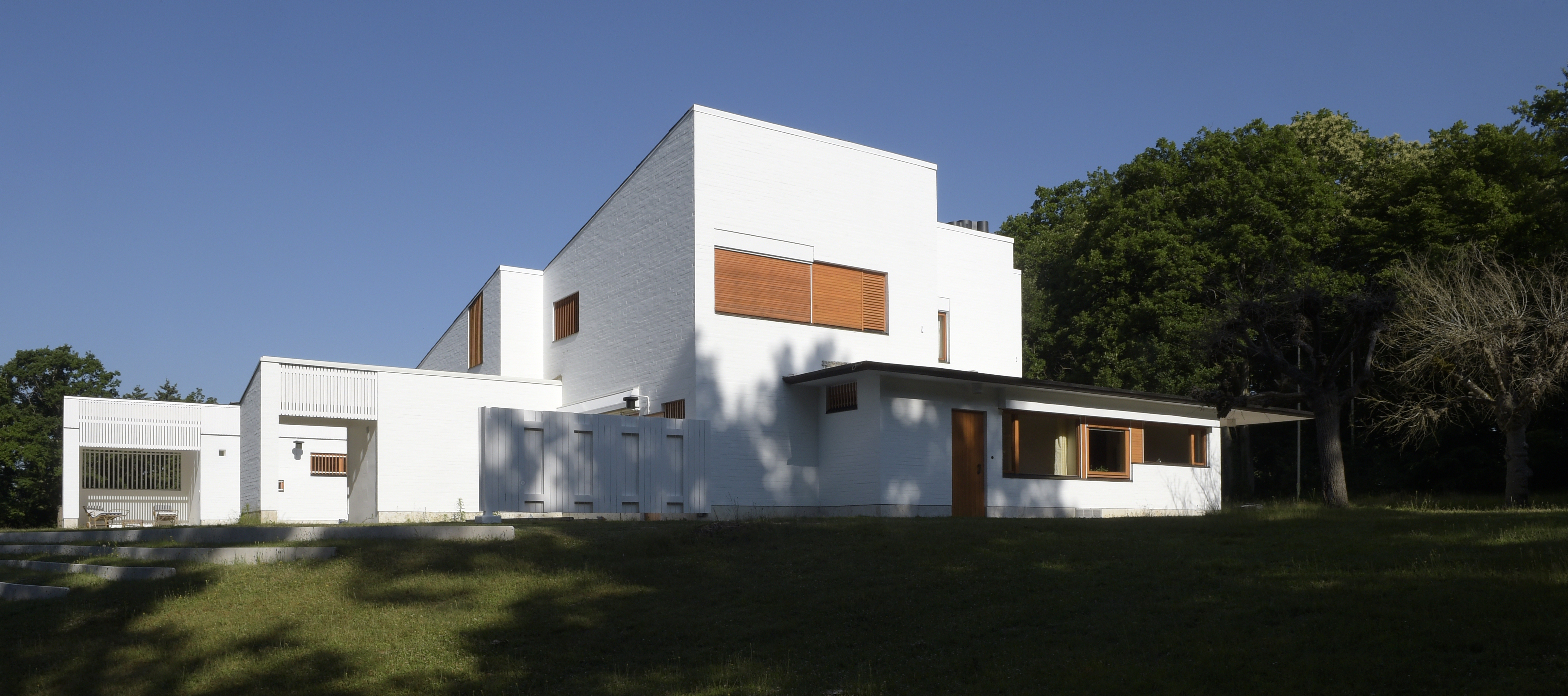 Maison Louis Carré, the only Alvar Aalto house in France, reopens after restoration
Maison Louis Carré, the only Alvar Aalto house in France, reopens after restorationDesigned by the modernist architect in the 1950s as the home of art dealer Louis Carré, the newly restored property is now open to visit again – take our tour
-
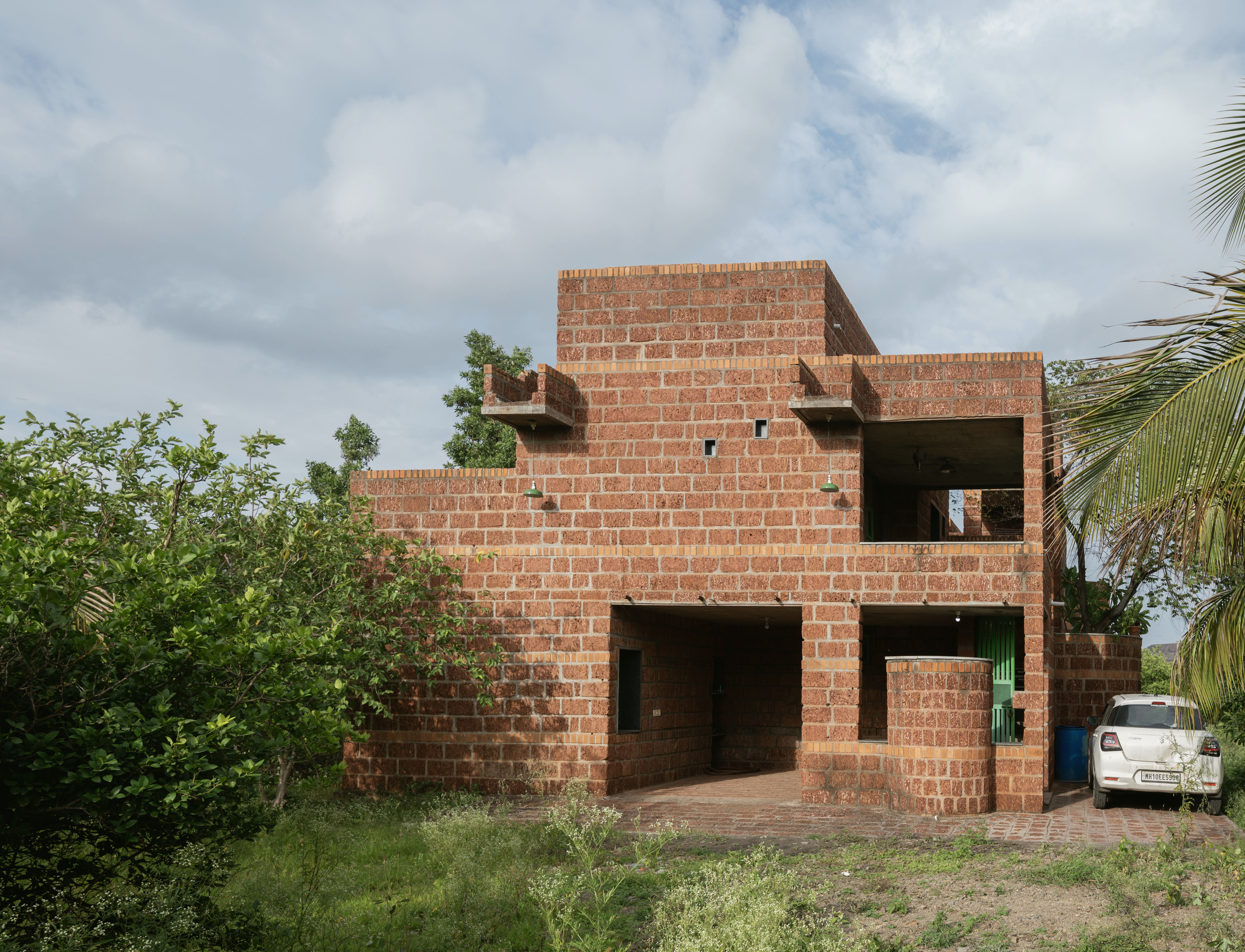 We spent the night at Indian modernists the Kanade brothers' home in Nagaj
We spent the night at Indian modernists the Kanade brothers' home in NagajIndian modernists the Kanade brothers' home in Nagaj exemplifies their approach to architecture; architect and writer Nipun Prabhakar spends the night and tells the story